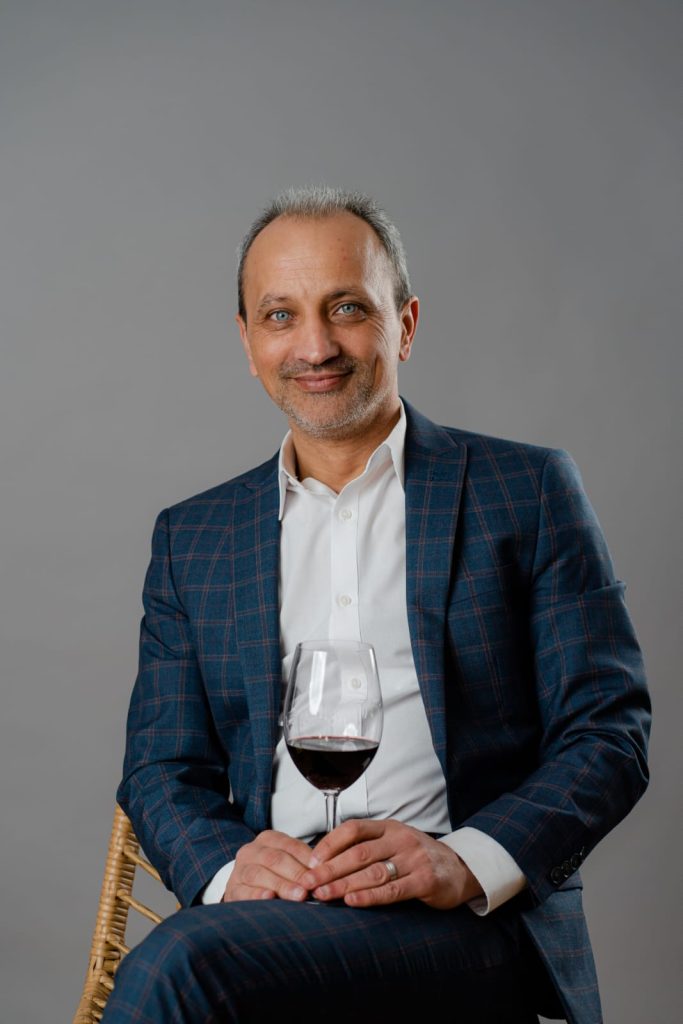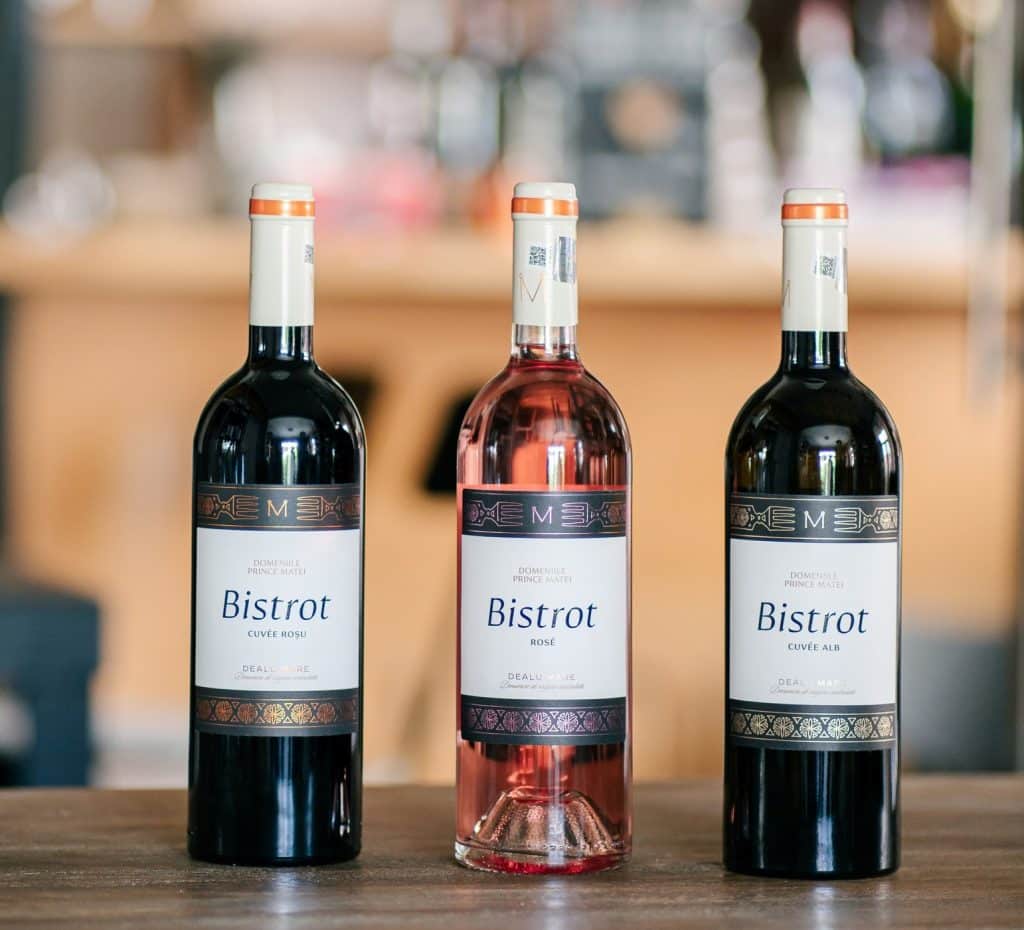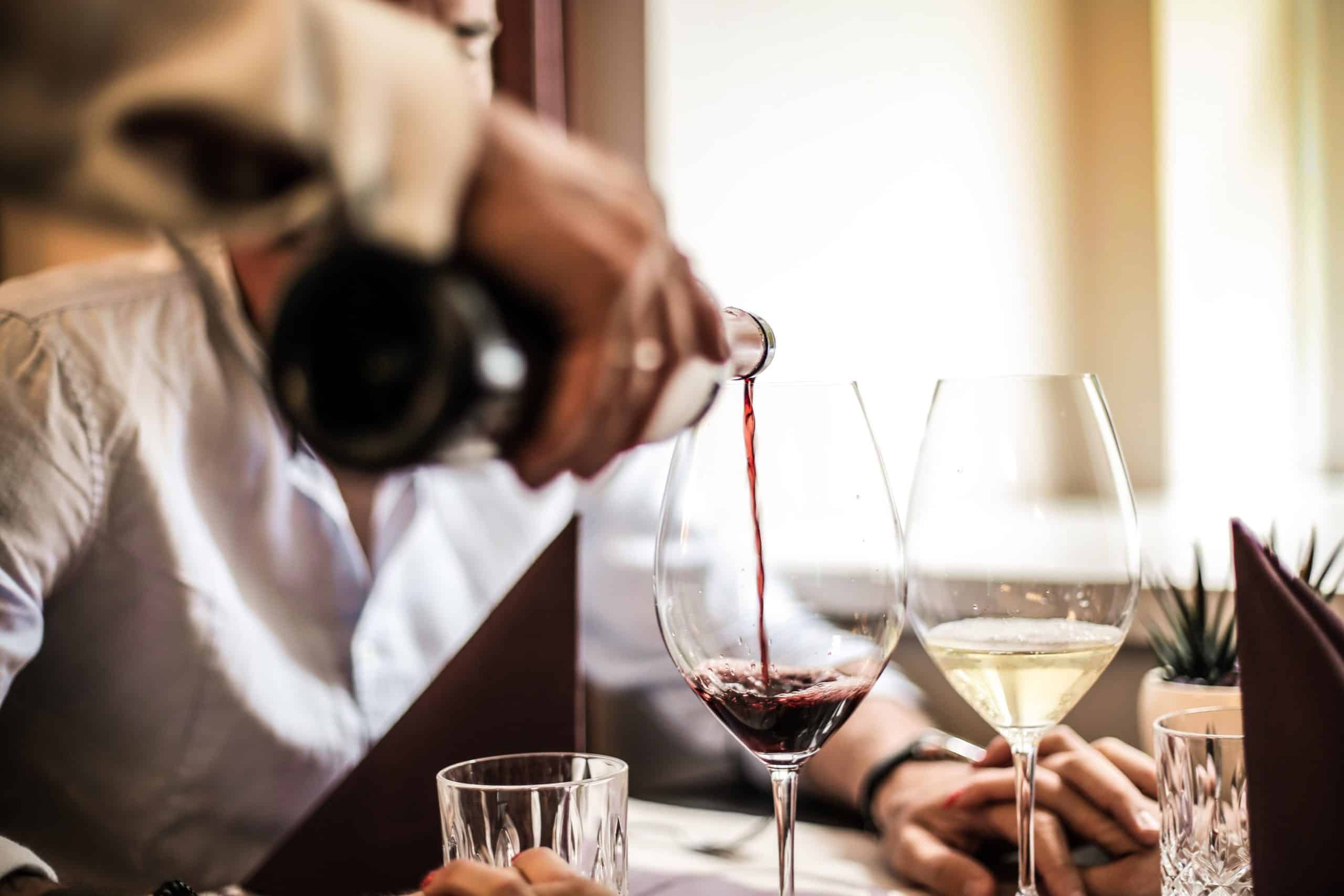For the past twenty years, sommelier Virgil Dumitrascu has been dealing with wines – in restaurants, helping with the wine selection of commercial networks, as an ambassador or as a consultant. Today, we discuss contemporary restaurants, their wine selection and how he became a promoter of wines born at the Prince Matei Domains.
- What do you feel, as a sommelier, that every restaurant customer in Romania should already know, but still don’t?
- How has the consumption of wine cream in restaurants evolved during the (many) years since you have been working as a sommelier?
- How did the job of a sommelier evolve and is it still practised in the original sense, of pairing wines to a restaurant’s dishes?
- What does the wine selection in restaurants look like today? Who does it? How much do distribution companies influence it?
- Is the restaurant-dedicated wine ranges a winning strategy?
- How did you start collaborating with Prince Matei Estates and Bistrot wines?
What do you feel, as a sommelier, that every restaurant customer in Romania should already know, but still don’t?
The Romanian restaurant customer should know that going to a restaurant is not just to appease your hunger, you are looking for a culinary experience, a special moment or a place where you can relax with the help of quality food and a glass of good or excellent wine. So we must understand that the costs of going out to a restaurant are higher than eating, for example, a mushroom cream soup at home.
In fact, at the restaurant you pay for the gastronomic experience and not the dishes/beverages themselves, you pay for the service performed by the waiters and sommeliers and a chef with a very rich professional experience.

How has the consumption of wine cream in restaurants evolved during the (many) years since you have been working as a sommelier?
This year, in December, there will be 20 years since I made contact with the wine world and I can firmly state that wine has seen an upward curve every year, in terms of consumption. A number of factors have contributed to this, among which investments in new vineyard areas, new approaches in labelling and packaging, successful experiments in blending/assembling grape varieties – thus generating new tastes, etc..
At the same time, travelling abroad, the Romanian customer brought back new consumption habits and patterns, discovered and applied new consumption occasions, and also discovered new types of wines, which implicitly led to an increase in wine consumption.
How did the job of a sommelier evolve and is it still practised in the original sense, of pairing wines to a restaurant’s dishes?
As goes for being a sommelier, I can say that the occupation evolved nicely, but not as much and as correctly as I would have liked or imagined. Because, for various reasons, a large part of the better sommeliers in Romania work for Romanian wineries/importers/distributors and not where they should actually work, in restaurants – with very few exceptions.
In an ideal situation, I would see things as follows: WSET graduates, at least Level 3, should work for wineries, and sommeliers, regardless of whether they are trained locally or internationally, for example in the Court of Master Sommeliers, should work in restaurants. This way, the idea of division of labour would exist and apply, and the beneficial effects in the medium and long term would be apparent.
As for wine enthusiasts, I would recommend that they stick to the idea of passion because, very often, they have unadvised or less-advised opinions, which can do more harm than good.
Regarding the pairing of wines and dishes in restaurants, I personally believe that there is still a lot of work to be done and the lack of sommeliers and the lack of application of specific techniques for organizing the wine list has led to this situation.
What does the wine selection in restaurants look like today? Who does it? How much do distribution companies influence it?
With very few exceptions at a national level, and these exceptions are possible because there is a sommelier in those locations, the wine list is just a page where a bunch of wines are listed and that’s it. For some restaurants, I have no expectations (because after all not all restaurants should have a sommelier), but it is an embarrassing situation to see monumental mistakes in the organizing and presentation of the wine list, even in a well-rated restaurant
Most of the time, the wine list is made by the buyer of the restaurant/hotel, the restaurant manager, the owner of the place or even based on the chef’s preferences. I do not dispute the professional quality or the knowledge of the above but, most of the time, the wine selection is only seen from a financial point of view, and this is to the detriment of the wine selection in the restaurant.
If we need a manager to run a restaurant, we need an experienced chef to generate fine cuisine, we need an experienced bartender to have quality cocktails and properly manage the bar, why not allocate a dedicated person for the wine list? Easy… because many of those involved did not understand that a correct and high-quality wine list can generate around 30% of a restaurant’s turnover.
As for the distributors, we must understand that they have a business, and the increase in sales generates profit – that’s how any business works. And about their influence, if it existed within the normal limits of the business, it would be ok, but the primary filter should be the sommelier, while the buyer should solve the financial component without intervening.
Is the restaurant-dedicated wine ranges a winning strategy?
In principle yes, and a correctly applied strategy can generate benefits for all parties involved!

How did you start collaborating with Prince Matei Estates and Bistrot wines?
The principle that was and is the basis of my collaboration withPrince Matei Estates, implicitly with the Bistrot range of wines, was and is the quality of the product, in which innovation is present in all stages of the creation of the final product. For those who don’t know, Prince Matei Estates produce and sell one of the most appreciated wines in the local market, Prince Matei, a landmark wine for both the local market and for export!
As for the range of Bistrot wines, I can say that the tradition of the area, the exceptional quality of the grapes, the innovative technology present in the production process – optical sorting of the grapes – as well as the vision the owner and the oenologists share, all led to the birth of an excellent product, including from the point of view of the price-quality ratio.
The Bistrot range consists of three wines. The first – Bistrot Cuvee Alb (White Cuvee), an innovative blend between two local grape varieties (Feteasca Regala and white-made Feteasca Neagra), which can be excellently paired with white meat dishes, seafood or fresh Romanian cheeses.
Then comes Bistrot Cuvee Rose, made of Merlot, Cabernet Sauvignon, Feteasca Neagra and Pinot Noir, which can be paired with Asian fish and seafood dishes, and the third is Bistrot Cuvee Rosu (Red Cuvee), a blend of Merlot, Cabernet Sauvignon and Feteasca Neagra – an excellent suggestion for autumn, alongside beef and lamb dishes, or even semi-matured cheeses.
The description and evaluation of the Bistrot wines will soon be available on the website Bauturi Romania.







